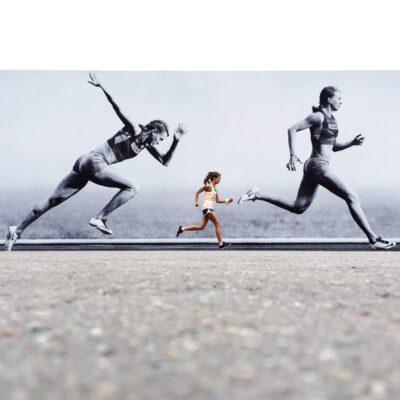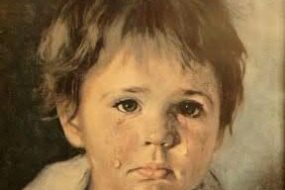
In the sleepy town of Rottingdean, England, a mysterious fire ravaged a humble home, leaving behind a charred and eerie scene. Amidst the ashes, a peculiar painting survived the inferno: “The Crying Boy,” a portrait of a weeping child with an unsettling gaze. As the story goes, this painting was not just any ordinary artwork, but a harbinger of doom, cursed to bring destruction to any home it inhabited. The origins of “The Crying boy” date back to the 1950s, when Spanish artist Giovanni Bragolin created a series of paintings featuring crying children.Initially, these artworks were met with mild interest, but as they gained popularity, a dark legend began to unfold.Some reported incidents associated with “The crying Boy” include:
* 1985: A yorkshire firefighter claimed that “The Crying Boy” was found intact in the ruins of a burned-down house.
* 1990s: multiple reports of homes experiencing devastating fires after acquiring the painting.* 2000s: Several people came forward, sharing their own tales of woe and destruction associated with the painting.
As the legend grew, so did the speculation. Some believed that the painting was cursed by a gypsy woman, who had placed a hex on Bragolin’s artwork after he refused to pay her for modeling.Others thought that the painting was a magnet for negative energy,drawing calamity to those who possessed it. The media fueled the frenzy, with tabloids running sensational headlines and TV shows exploring the mystery.
| Theories Behind the Curse | Description |
| Gypsy woman’s Curse | A gypsy woman placed a hex on Bragolin’s artwork after he refused to pay her for modeling. |
| Negative Energy Magnet | The painting attracts negative energy, drawing calamity to those who possess it. |
| Confirmation Bias | The legend is a classic case of confirmation bias, with people seeking to validate their own superstitions. |
Despite the widespread fear, there were those who remained skeptical. Experts pointed out that the fires associated with “The Crying Boy” were likely due to a combination of factors, including faulty wiring and human error. They also noted that the painting’s popularity coincided with a rise in reported fires, suggesting that the legend was a classic case of confirmation bias. As the debate raged on, “The crying Boy” became a symbol of the blurred lines between fact and fiction, with some seeing it as a cautionary tale about the dangers of superstition, while others believed it to be a genuine curse.
#conspiracytheory #UrbanLegends #MythOrFact #TruthOrHoax #DeepDive #MysteriousHistory #InfographicStory









